Ireland’s record in car manufacturing is patchy to put it politely. Aside from Ford which had a continued presence in Cork from 1917 until 1984 and Volkswagen with its Beetle, attempts to build a car manufacturing industry had more misses than hits.
It did though leave a legacy of two futuristic cars. The first was the ill-fated and now storied DeLorean, manufactured in Belfast, with its gull wing doors which was immortalised in Back to the Future, but had no future as a mass-market car once design deficiencies came to light.
The other was the short-lived but iconic Heinkel Kabine. Built by the same company which produced German long-range heavy bombers during the Second World War, the manufacture of the bubble car came to Ireland in the 1950s.
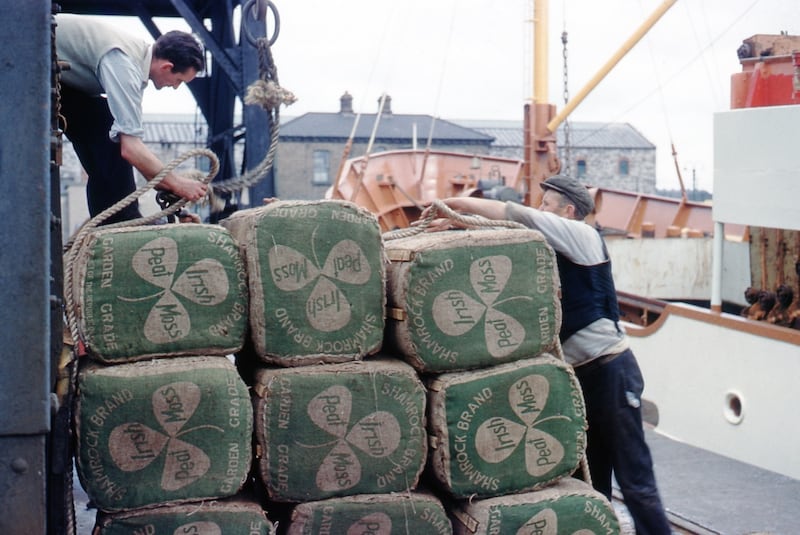
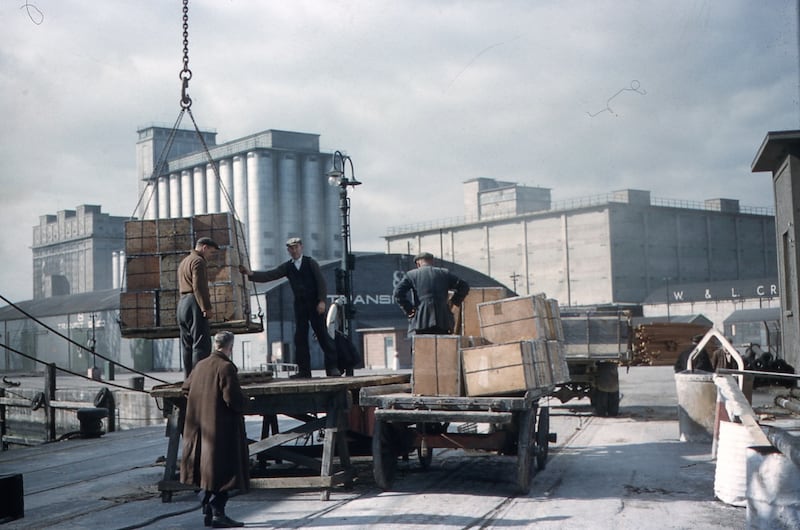
This famous micro-car was manufactured for a short time between 1956 and 1958 under licence in Dundalk's Great Northern Railway Ireland (GNRI) works. More than 6,000 were manufactured (rather than assembled as many cars were at the time in Ireland) in Dundalk.
It had only one door which opened from the front and could take three passengers (two adults and a child) at a squeeze. Demand for it was killed by the emergence of the Mini Cooper and manufacturing was switched to England.
A rare photograph of Heinkel Kabine's ready for export has turned up in the archives of Dublin Port.

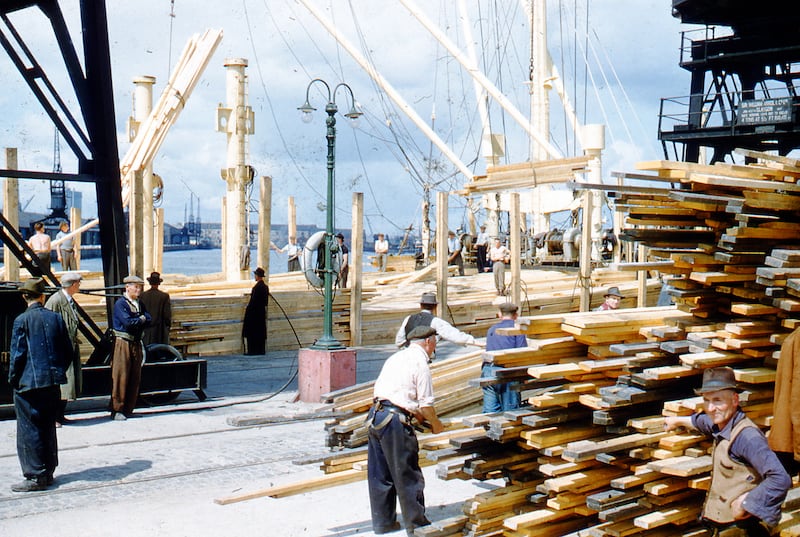
Heritage
The negatives came to light as part of Dublin Port heritage director Lar Joye’s work to catalogue, preserve and digitise the port’s 300-year-old archive, which is estimated to include some 75,000 photographs and 30,000 engineering drawings, as well as maps and administration files dating back to 1707.
The images date from the 1950s and 1960s and some, including the Heinkel images are in colour.
Workers can be seen weighing tobacco and moving peat moss – two traditions which no longer go on at Dublin Port. There are photographs of goods being moved by horse and cart, something that does not happen today either.
Mr Joyce said the images showed the economic activity at the port from the 1920s to the 1960s, but the photographers in question remain a mystery.
“It’s always fascinating to come across old images as part of my work, but even more so when those images have never been seen before,” he said.
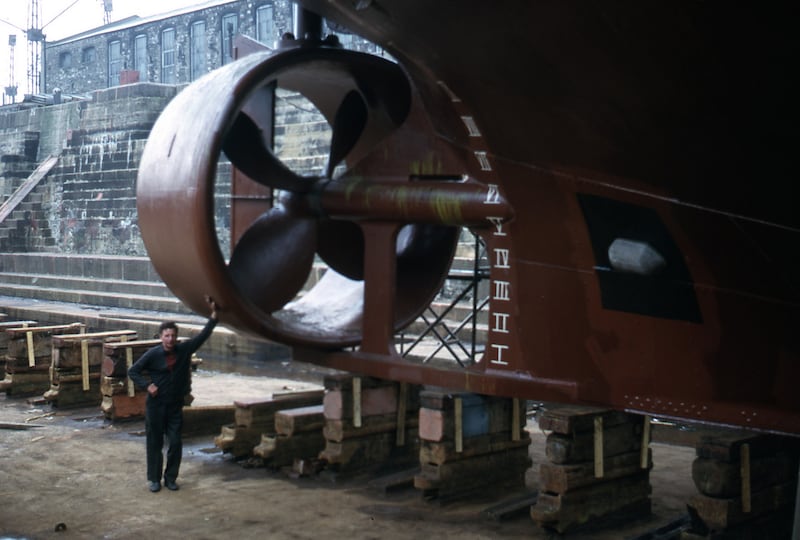
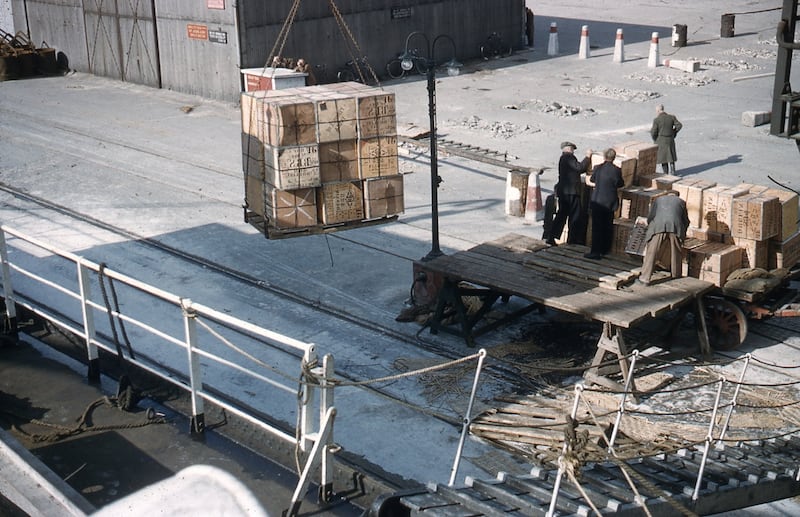
“We’re now keen to understand more about how the images came about. While we know that engineers sometimes documented projects at the port, the origin of these beautiful colour images remains a mystery.
“Unfortunately, we don’t know who might have taken the photographs or why. It may have been an amateur photographer, or indeed a dockworker at the time.
“Our hope is that someone in the docklands community or even further afield might recognise the photographs or their subjects and get in touch with any information that could help us further.”
The images are being released as part of Archive Week which runs from Saturday, November 23rd to December 1st.
Anyone with information about the origins of the photographs can get in touch with Lar Joye at the Dublin Port Archive on 01 887 6000 or dublinportarchive@dublinport.ie.









